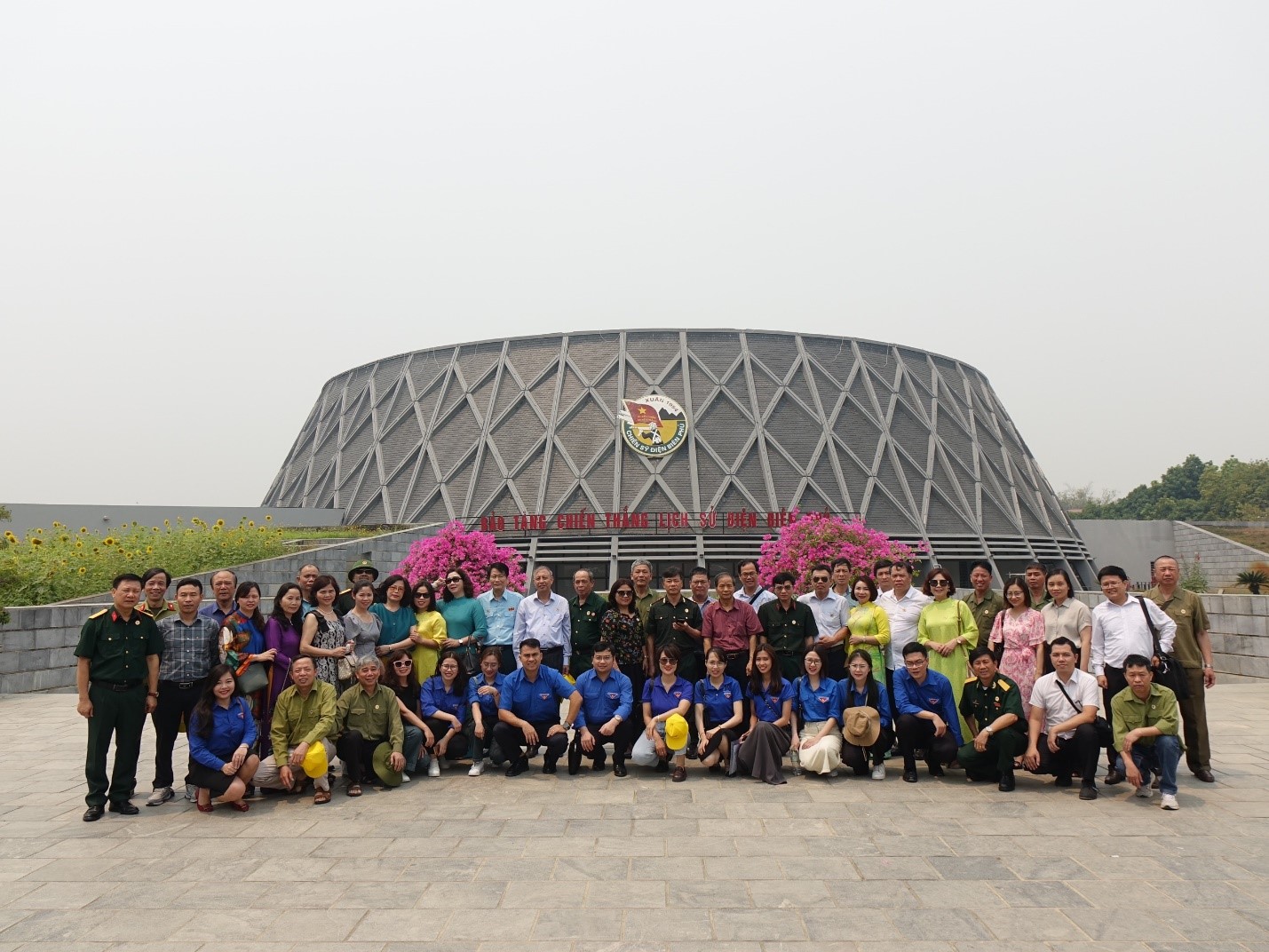Điểm nhấn
-
 Hội thảo “Thực trạng người Việt Nam hồi hương từ Vương quốc Anh giai đoạn 2014 - 2023”
Hội thảo “Thực trạng người Việt Nam hồi hương từ Vương quốc Anh giai đoạn 2014 - 2023”
-
 Lễ Ký kết biên bản ghi nhớ hợp tác giữa Học viện Phụ nữ Việt Nam với Viện Nghiên cứu Gia đình và Giới
Lễ Ký kết biên bản ghi nhớ hợp tác giữa Học viện Phụ nữ Việt Nam với Viện Nghiên cứu Gia đình và Giới
-
 Hội thảo khoa học: "Bộ chỉ số gia đình hạnh phúc: Một số vấn đề lý luận và thực tiễn"
Hội thảo khoa học: "Bộ chỉ số gia đình hạnh phúc: Một số vấn đề lý luận và thực tiễn"
-
 Tọa đàm khoa học "Vận dụng lý thuyết trong nghiên cứu khoa học xã hội"
Tọa đàm khoa học "Vận dụng lý thuyết trong nghiên cứu khoa học xã hội"
-
 Hội nghị Đối thoại giữa Chi ủy, Lãnh đạo viện với đảng viên, viên chức và người lao động Viện nghiên cứu Gia đình và Giới 6 tháng đầu năm 2024
Hội nghị Đối thoại giữa Chi ủy, Lãnh đạo viện với đảng viên, viên chức và người lao động Viện nghiên cứu Gia đình và Giới 6 tháng đầu năm 2024
-
 Chi bộ Viện nghiên cứu Gia đình và Giới tổ chức sinh hoạt chuyên đề: Đoàn kết thống nhất trong Đảng theo tư tưởng Hồ Chí Minh
Chi bộ Viện nghiên cứu Gia đình và Giới tổ chức sinh hoạt chuyên đề: Đoàn kết thống nhất trong Đảng theo tư tưởng Hồ Chí Minh
-
 Cuộc thi “Nét đẹp và giá trị gia đình Việt Nam” hưởng ứng Ngày Gia đình Việt Nam 2024
Cuộc thi “Nét đẹp và giá trị gia đình Việt Nam” hưởng ứng Ngày Gia đình Việt Nam 2024
-
 Hội Cựu chiến binh, Đoàn Thanh niên Viện Hàn lâm Khoa học xã hội Việt Nam đi thăm lại chiến trường xưa Điện Biên Phủ
Hội Cựu chiến binh, Đoàn Thanh niên Viện Hàn lâm Khoa học xã hội Việt Nam đi thăm lại chiến trường xưa Điện Biên Phủ
- Tổng mục lục Tạp chí 2023
-
 Viện nghiên cứu Gia đình và Giới phát động phong trào thi đua và ký Giao ước thi đua năm 2024
Viện nghiên cứu Gia đình và Giới phát động phong trào thi đua và ký Giao ước thi đua năm 2024
Liên kết web
Số lượt truy cập
29
4443188
Chi tiết tạp chíNo. 1 - 2012
Social Changes in Viet Nam: A View from Youth’s Employment and Migration in the Doi Moi Period
Abstract: This article presents a number of issues of social change in Viet Nam during Doi Moi and identifies the ongoing change tendency with a view to supporting delineation of the country’s policies for socio-economic development in the future, in the direction of economic growth in tandem with political stability and social equality. It focuses on the two themes of youth employment and youth migration and does not analyze the two afore-said topics as separate ones, but through them, reflects upon and inquires into issues of social changes in the environment of Doi Moi in Viet Nam.
Key words: Youth Employment; Youth Migration; Social Changes; Doi Moi.
Key words: Youth Employment; Youth Migration; Social Changes; Doi Moi.
Abstract: The article focuses its analyses on childcare in two basic fields of education and health care in Vietnam in the past periods. It also devotes a section to the care of children with disabilities who are much more disadvantaged than other groups of children. According to the author, in recent years, Vietnam’s economic reform policies have created a context with many advantages for childcare. Its relatively comprehensive legal and institutional frameworks for child protection, care and education have provided children with unprecedented development opportunities. The past childcare achievements of Vietnamhave created an important foundation for the country to continue to develop in the future. This is despite the tough challenges facing childcare in various fields, especially in the fields of health care and education - the two most important pillars for child development.
Key words: Childcare; Childcare in Vietnam.
Key words: Childcare; Childcare in Vietnam.
Prevalence and Patterns of Divorce in Vietnam 2000-2009
Abstract: This article examines the basic social and demographic differences of the divorced in terms of differentials in rural/urban residence, male/female, number of children, sex composition of children, birth cohort, age at marriage, age at divorce, living standard, living arrangement, and marital problems, basing on the data availability of the divorced records. According to the author, women were divorced at a younger age than men, and rural individuals divorced at younger age than the urban counterparts. Mean age at divorce was 38 for men and is 34.4 for women. Divorced people tended to be usually poor or with an average living standard. A majority of divorced rural people lived with parents before marital disruption.
Key words: Divorce; Divorce Prevalence; Divorce Patterns.
Key words: Divorce; Divorce Prevalence; Divorce Patterns.

